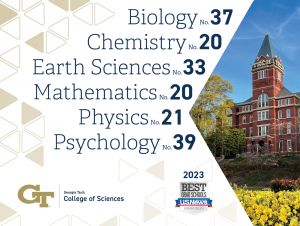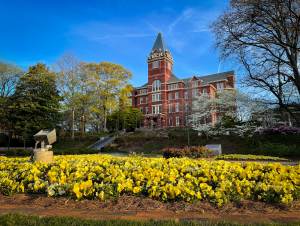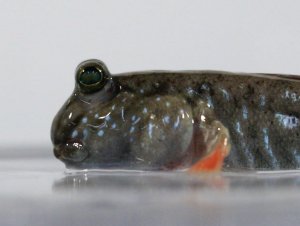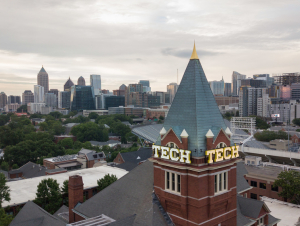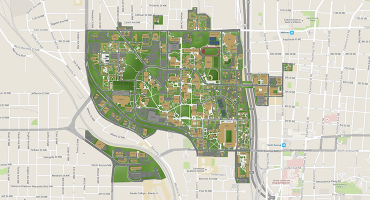To request a media interview, please reach out to experts using the faculty directories for each of our six schools, or contact Jess Hunt-Ralston, College of Sciences communications director. A list of faculty experts is also available to journalists upon request.
Latest News
U.S. News and World Report continues to rank all six College of Sciences schools among its best science schools for graduate studies. In the 2023-2024 edition, Physics rises by seven to 21, and Chemistry and Mathematics each advance into the top 20. Science specialty programs also take home high marks, with seven in the top 20.
U.S. News & World Report ranks Georgia Institute of Technology among 2023-2024 best graduate schools.
Join us in congratulating the College of Sciences students recognized for their research, academic, and teaching achievements at Georgia Tech’s annual student award celebrations.
Blinking is crucial for the eye. It’s how animals clean their eyes, protect them, and even communicate. But how and why did blinking originate? Researchers at the Georgia Institute of Technology, Seton Hill University, and Pennsylvania State University studied the mudskipper, an amphibious fish that spends most of its day on land, to better understand why blinking is a fundamental behavior for life on land.
Georgia Tech will be a key partner for the New York Climate Exchange (The Exchange), a first-of-its-kind international center for developing and deploying dynamic solutions to the global climate crisis.
This month, dozens of College of Sciences faculty and teaching assistants are recognized by Georgia Tech for their excellence in instruction and research.

